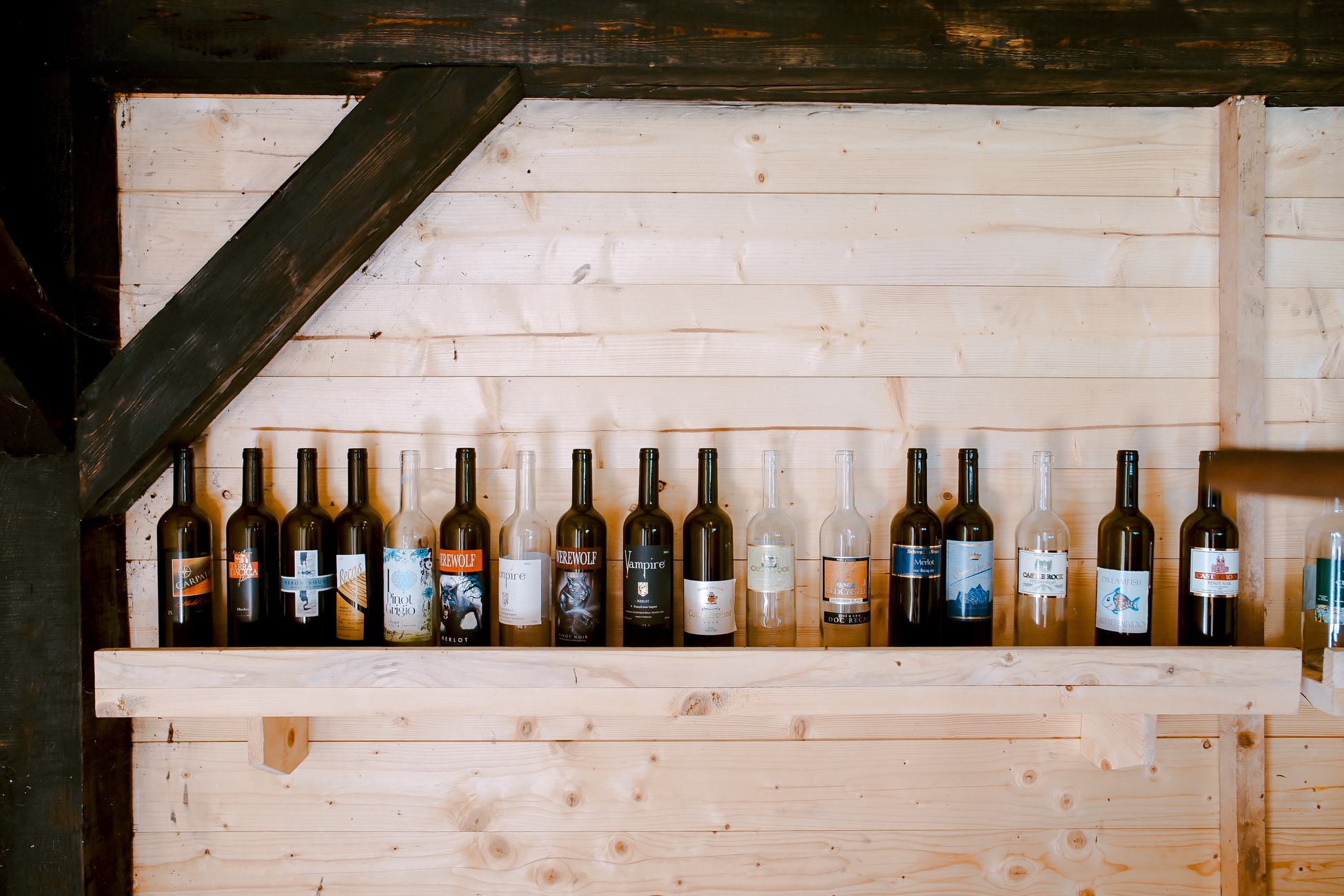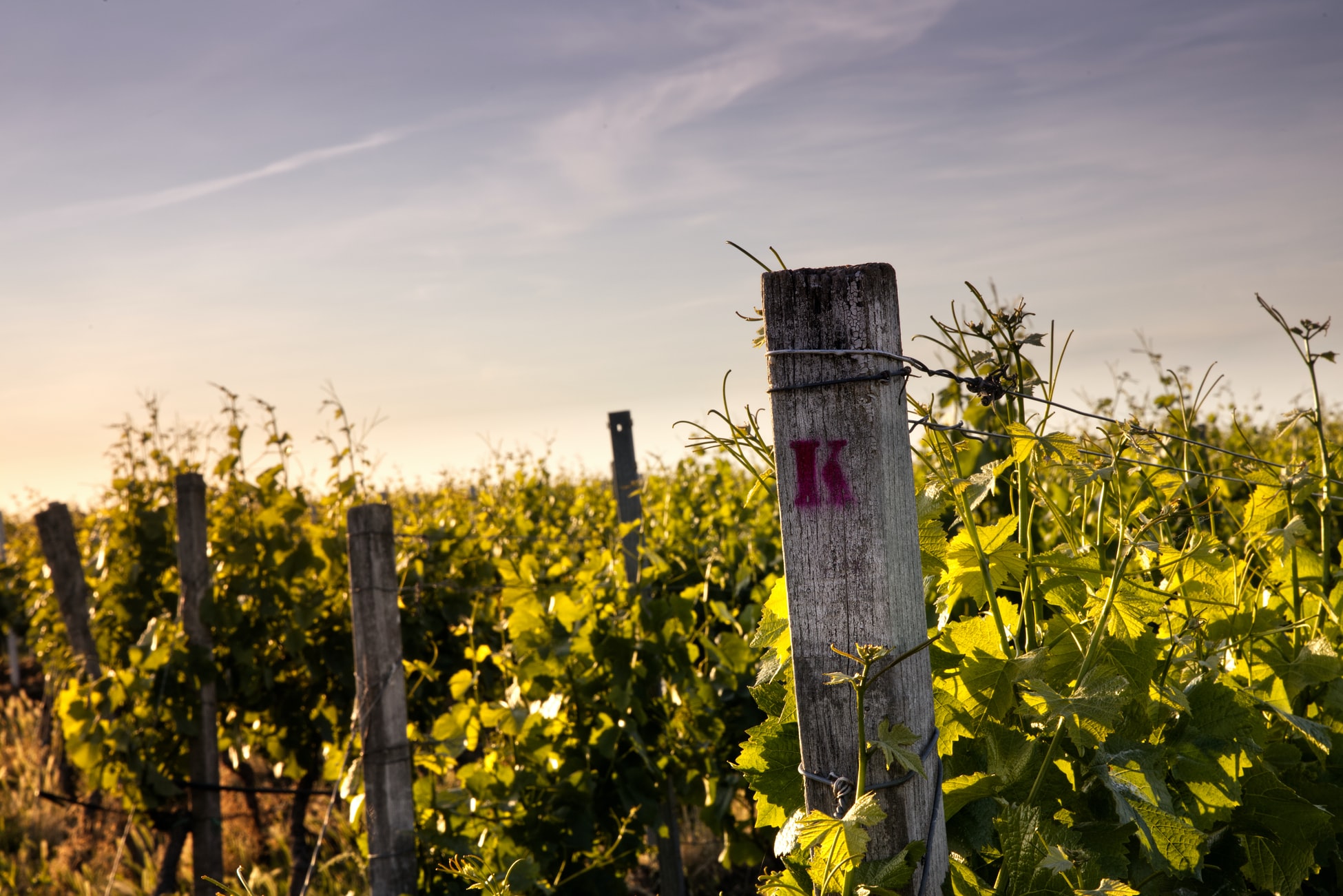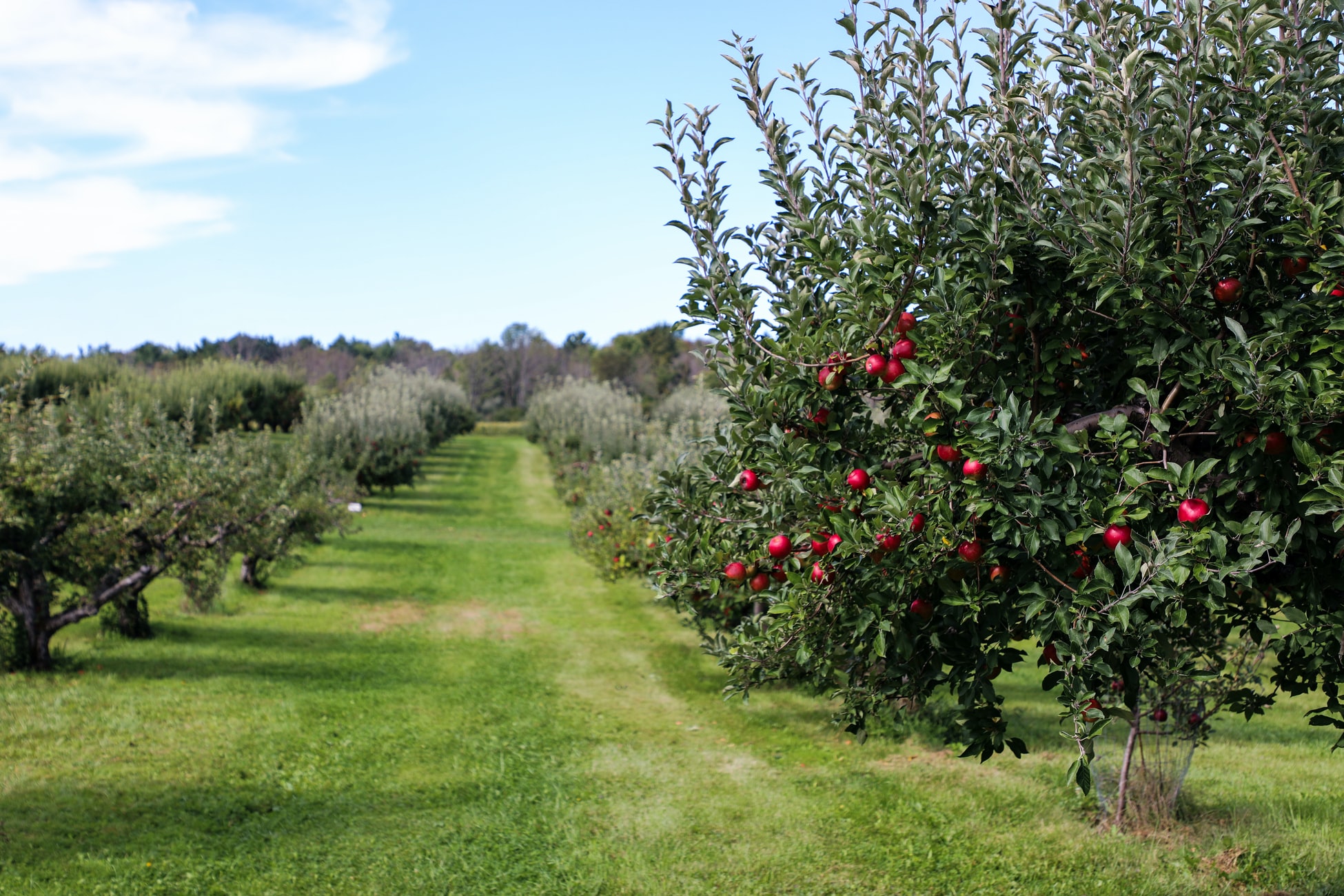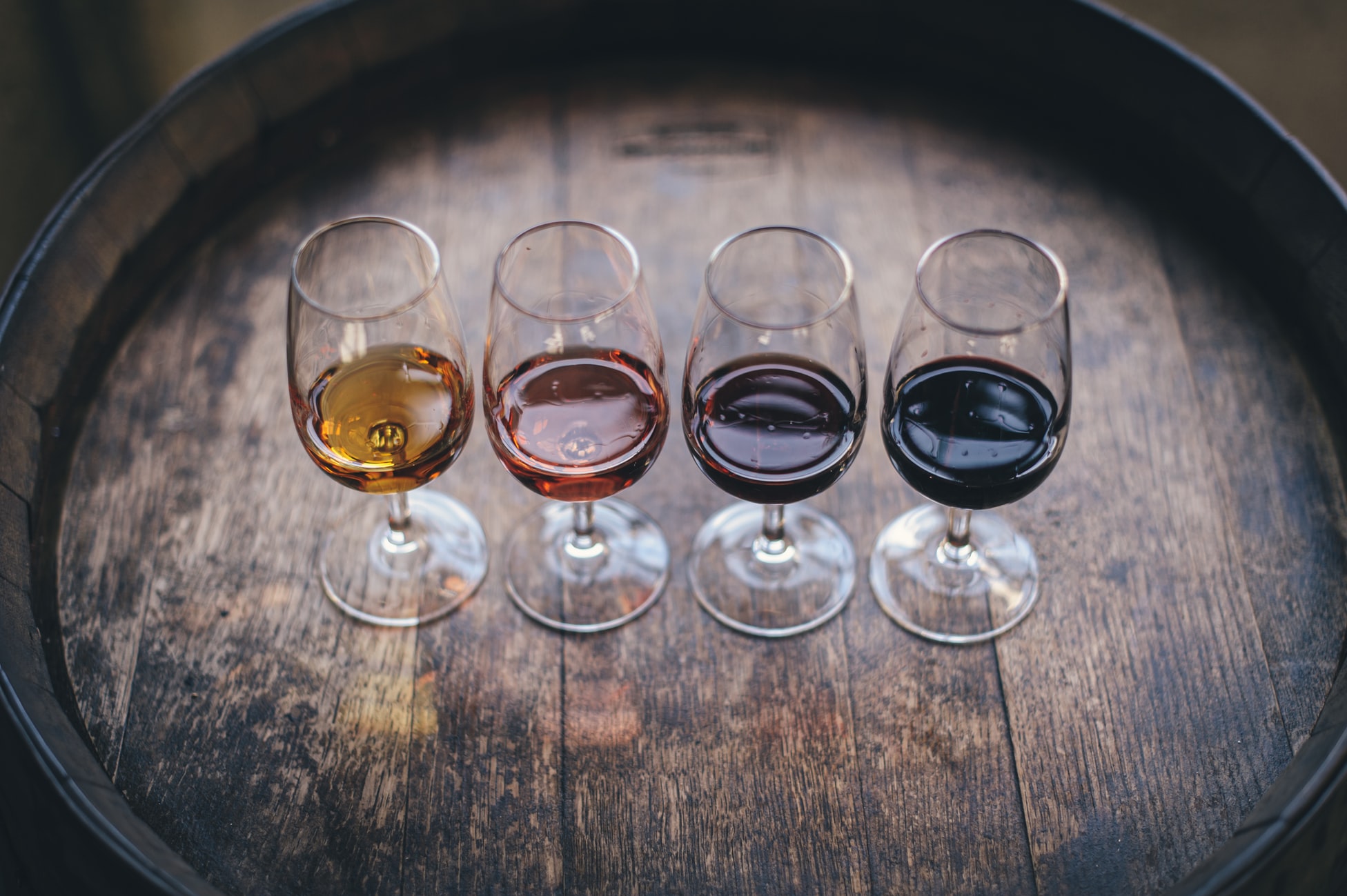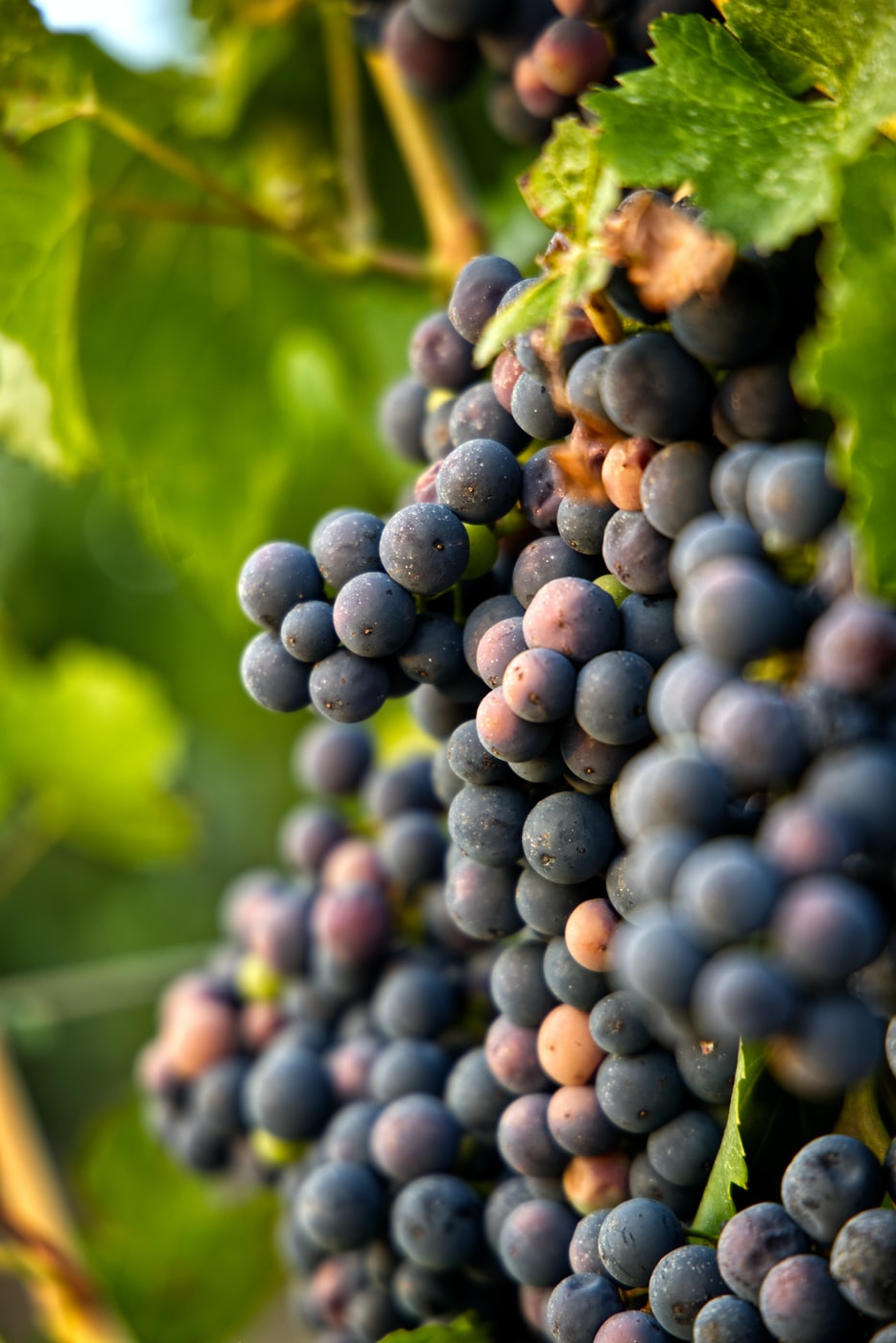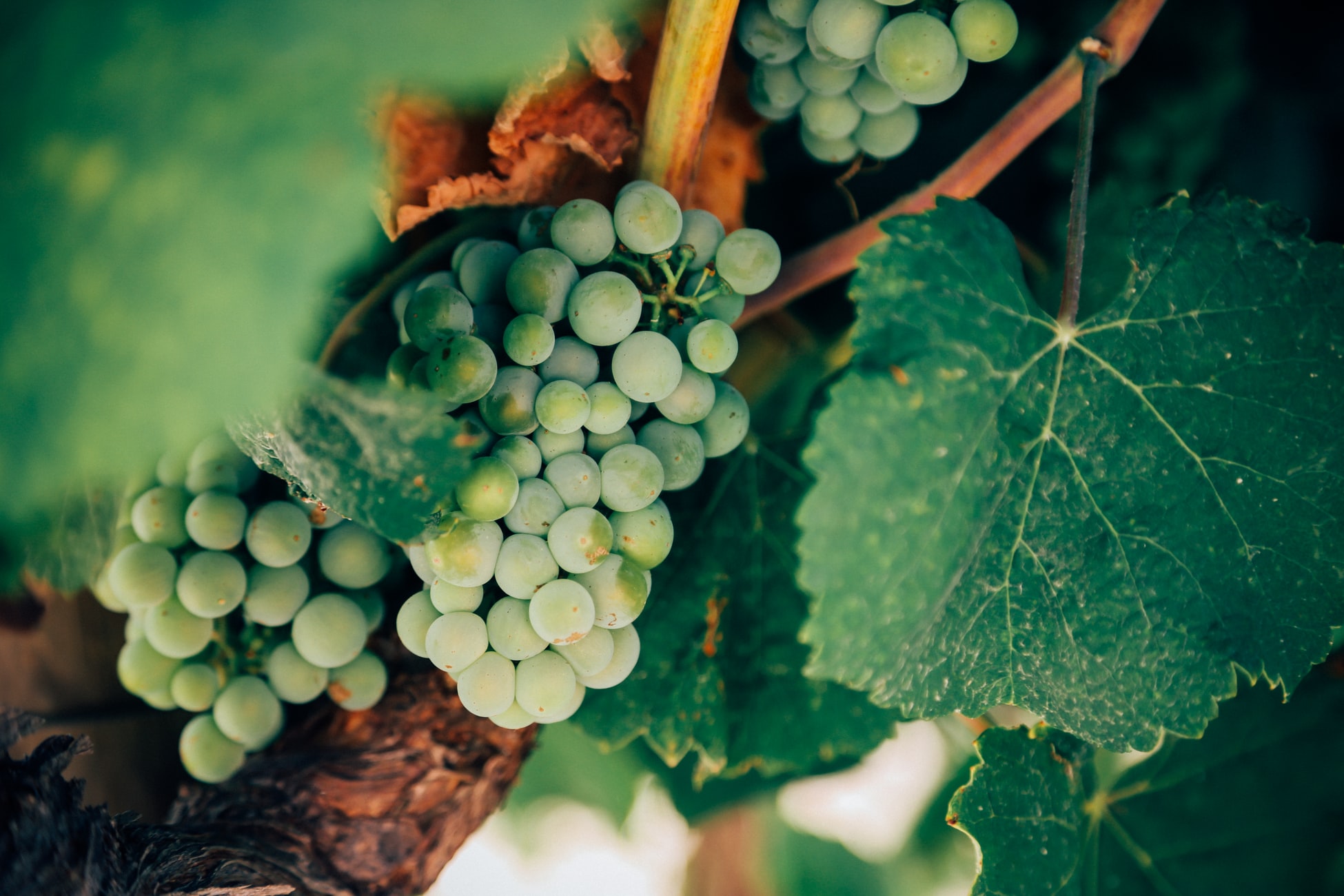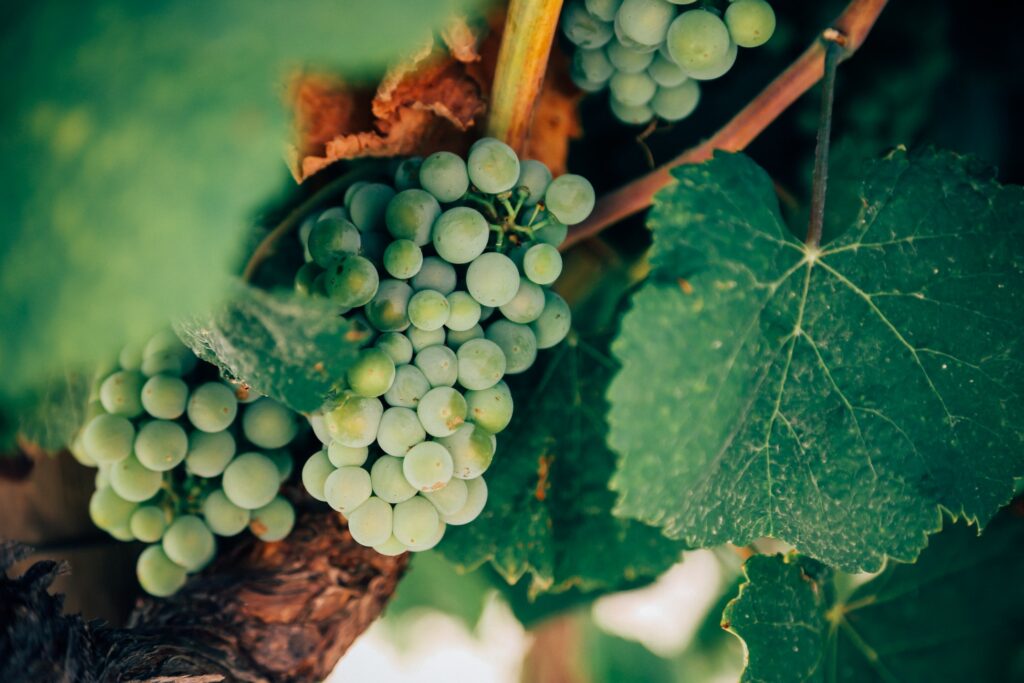Find out about yeasts and enzymes and why we need them from Loredo, market leader on the small and medium segment of winemaking equipment, winemaking products and agricultural equipment.
We continue our foray behind the scenes of winemaking with an "episode" about grape maceration and alcoholic fermentation.
From the day of harvesting and crushing, the fruits of the vine naturally begin to transform and go a long way to the much appreciated liqueur in the glass. However, this road is not subject to chance. The winemaker's skill is complemented by current innovations, which turn winemaking into a perfectly controlled process.
We're talking about selected yeasts and enzymes, which favors a high production yield, a faster fermentation of the must and a high quality finished product.
We will see further what role do these substances have in obtaining a good wine and how we should use them.
What are enzymes and how can they help us in the maceration process?

The role of enzymes is known since ancient times, but was researched only much later.
Today, these substances of a protein nature - in fact, are found on the shelves of specialty stores and are used as a reaction catalyst in the winemaking process.
It is important to know that enzymes are natural products, do not contain genetically modified organisms (GMOs), being obtained by processing mold cultures.
Enzymes support the processes that occur naturally in the maceration stage. They work
in several directions:
-
enzymes for clarification
They are used especially at white wines, but also rosés, to reduce the viscosity of the wort and speed up its clarification.
A lower viscosity of the must translates into a better pressing yield - more ravac must, which will be pressed and filtered more easily. Enzymes for clarification can also be used as a treatment for mold-affected grapes.
-
enzymes for flavor extraction
And they are all destined white grapes. This type of enzyme has a double action: on the one hand, it helps must clarification, on the other hand, facilitates the extraction of aromas from the skin of the grape specific to the variety, helping to obtain a more fragrant wine. We can't do without the aroma enzymes when we work to obtain some wines famous for the bouquet!
-
enzymes for color extraction
They are intended red grapes, acting deeply on the skin of the grape. Enzyme extract the color, tannins (responsible for color stability), but also aroma and at the same time increases the yield on pressing.
This results in a lighter red must, easier to filter, with a distinctive aroma and a complex taste.
How are enzymes applied and prepared?

Consider adding extraction or clarification enzymes yet from the day the grapes were crushed, to benefit from the maximum potential; but you can also add them directly to the press.
Optimal application temperature of enzymes is between 5 and 65 degrees Celsius.
Dosage the amount recommended by the manufacturer (written on the package) for 100 kg of crushed grapes / 100 liters of must and dissolve it in 10 parts water. You will administer the mixture directly.
Important: We recommend that you do not administer the enzymes at the same time as sulfur dioxide or in combination with bentonite, which inhibits the action of the former.
Advice: If you have unwrapped a pack of enzymes and have not used the full amount, keep the rest in a cool place for a limited time.
Fermentation - why intervene with selected yeasts

Yeasts are the ones that turn must into wine, by the rough action of sugars.
As an element of curiosity: although the ancients also enjoyed wine, the way in which grape juice becomes alcoholic was clarified only in 1815, by the French chemist Joseph Louis Gay-Lussac. Later, Louis Pasteur was the one who discovered that yeasts are the ones that make a sugar solution to ferment.
Therefore, fermentation happens naturally, thanks to the yeasts already present in the must, but this natural process is influential.
We are talking about situations in which low temperatures slow down, prolong fermentation or even stop it faster than necessary, causing defects in color, taste, smell and alcohol concentration. We can counteract these effects by adding selected yeasts - they can speed up or even restart alcoholic fermentation.
Adding culture yeasts means, in fact, to achieve a controlled fermentation and to remove the uncertainty: to we get a good yield, to know how long the vinification will last and to have the guarantee that we will obtain a wine at the desired parameters.
Other benefits worth mentioning:
- a must to which the selected yeasts have been added ferments faster, evenly and completely;
yeasts make the most of the alcoholic potential of wines, by comparison with spontaneous fermentation;
- the development of aromas specific to the grape variety is favored;
- there are various varieties of culture yeasts, which can act in a wide range of temperatures;
- harmful microorganisms are removed from the must.
Important: Do not administer sulfur dioxide during the fermentation process!
If you haven't done this before the must starts to boil, wait until the tumultuous fermentation is over.
How do we choose the selected yeasts and how do we apply them?

The producers come with a wide range of yeasts, each with its own technical data sheet. Choosing the right selected yeast depends on:
- grape color;
- the particularities of variety and aroma;
- alcoholic potential;
- vinification temperature;
- the particular objective - if we want to ferment, to resume a spontaneous fermentation that has stagnated or to ferment a must.
The culture yeasts are in granular state and need to be rehydrated in order to be added to the must. It is dosed in between 20 - 40 g per 100 liters of must, depending on the type and condition of the grapes.
A package of 500 g (enough for about 2500 liters of must) mix with 5 liters of warm water (35 - 40 degrees Celsius) with the addition of 1 - 2 % of sugar and leave for 15 minutes to form mayonnaise.
Careful! Avoid thermal shock by gradually incorporating the yeast mixture into the wort mass. If there is a difference of more than 10 degrees Celsius between the must and the mayo, the yeasts are inactivated.
How to proceed:
Take an equivalent amount of must and heat it so that it is 8-9 degrees Celsius less than mayonnaise and mix. Repeat the procedure and gradually incorporate the yeast mixture into the must.
An extra help
Immediately after administering the mayonnaise, we recommend adding a fermentation activator (Loredo.ro recommends guilty). It "feeds" the yeasts, favoring their multiplication and development in a controlled way. Receiving nutrients from the activator, the yeasts will not "pay attention" to the nutrients in the natural component of the wine.
To remember
As we have seen, the fermentation activator, along with yeasts and enzymes they make the difference between a spontaneous vinification, subject to risk and a professional, controlled.
enzymes they allow us to obtain a greater amount of must, they speed up the clarification and help to filter the wine, they release the aromatic potential from the grapes and they can intensify the color of the wine.
For example, a red wine will enhance its ruby hue.
yeasts it offers us the advantage of a controlled fermentation, regardless of the weather conditions and implicitly, the certainty of a healthy and settled wine. At the same time, they can serve in case of difficult or atypical fermentations, balancing the effects of other chemical elements.
For example, if the vine in question was treated during growth.
Fermentation activator supports the multiplication and action of yeast and thus increases its performance.
Are low cost products, if we look at the small amount needed for each liter of must and the large effects on yield and quality.
I am without a doubt at the fingertips of any winemaker, regardless of previous experience or the size of its vineyard, whether it produces for sale or strictly for own consumption.
For more information about yeasts and enzymes do not hesitate to contact the team Loredo.
Good luck with that!




